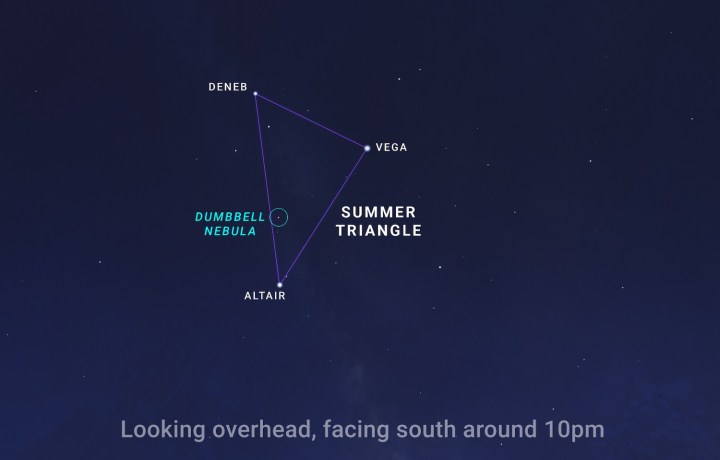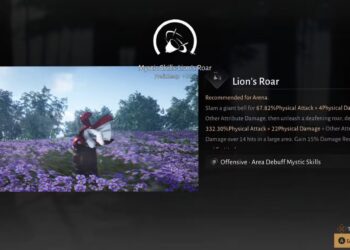Select Language:
There’s a lot of exciting celestial activity happening this August, according to NASA’s latest insights on celestial events for the month.
Among the highlights are a morning alignment between Jupiter and Venus, an excellent opportunity to catch the Perseid meteor shower, and a look into the future of our own Sun.
Mars
Mars remains visible this month and is the only planet observable in the early evening sky during August. You can see it low in the western sky approximately an hour after sunset, but spotting it might be a bit tricky. Its distinctive salmon-pink glow is now roughly 60% as bright as it was in May, so it requires a keen eye.
Saturn
Later in the evening, around 10 p.m., Saturn becomes visible. As the month progresses, it will be visible earlier each night. Look for Saturn in the east after sunset, near the constellations Cassiopeia and Andromeda. By dawn, the planet will appear to drift toward the western horizon, making early risers the perfect audience for observing this planetary wonder.
Jupiter and Venus
The most notable event this August is the close approach of Jupiter and Venus. These planets shine brightly in the eastern sky before sunrise all month long. They start the month appearing far apart, but gradually draw nearer as days pass. The closest they’ll get is on August 11th and 12th, with only about a degree separating them—roughly twice the width of a full moon. This celestial dance takes place against a dazzling backdrop featuring Orion, Taurus, Gemini, and Sirius. Additionally, a slim crescent moon joins the pair on the mornings of August 19th and 20th, after they drift apart again.
Perseids Meteor Shower
The Perseid meteor shower returns this August, reaching its peak overnight on the 12th and 13th. However, the nearly full moon on peak nights will make it hard to see all but the brightest meteors. Although this limits viewing somewhat, another spectacular meteor shower, the Geminids, will provide an ideal opportunity to observe bright meteors without moonlight interference come December.
Dumbbell Nebula
This month also offers a superb chance to observe the Dumbbell Nebula, also called M27—a type of planetary nebula.
A nebula is a massive cloud of gas and dust scattered across space. Planetary nebulas form when aging stars similar to our Sun exhaust their nuclear fuel and shed their outer layers. This process leaves behind a small, hot core known as a white dwarf. The white dwarf emits intense ultraviolet light that illuminates the surrounding gas shell, causing it to glow visibly.
Nicknamed for its dumbbell-like shape, the Dumbbell Nebula appears as a faint, small patch of light through binoculars or small telescopes—roughly a quarter the width of the full moon. To find it, consult your astronomy app or use the star chart below as a guide.

This month provides a chance to glimpse into one of the future phases of our Sun—about five billion years from now. Such observations remind us of the ongoing cycle of cosmic renewal that seeds the galaxy with the ingredients for future stars and planets—perhaps even worlds similar to our own.






